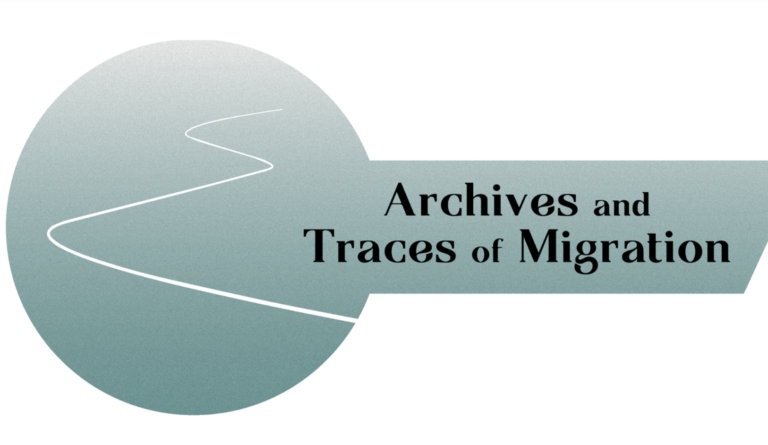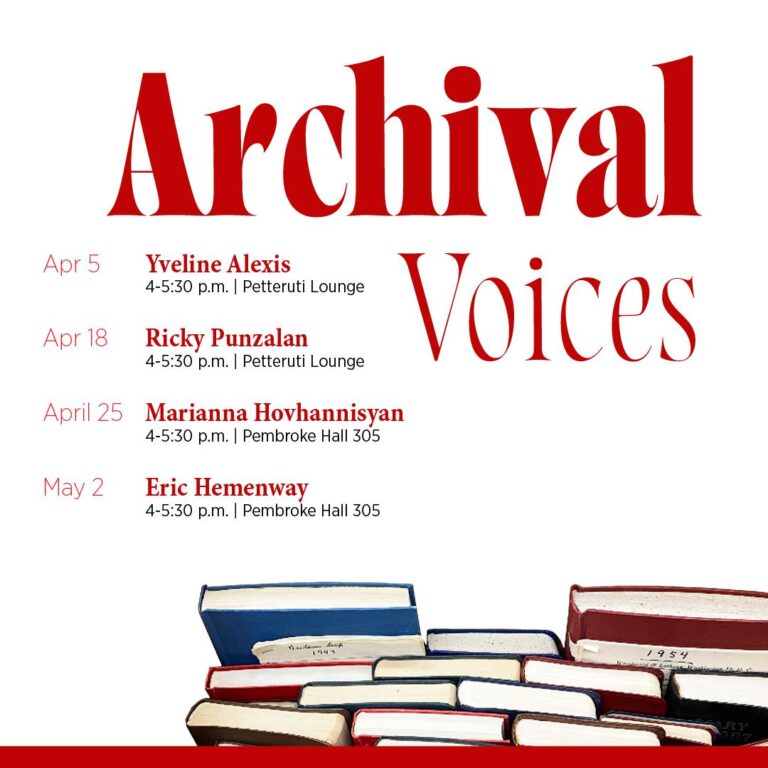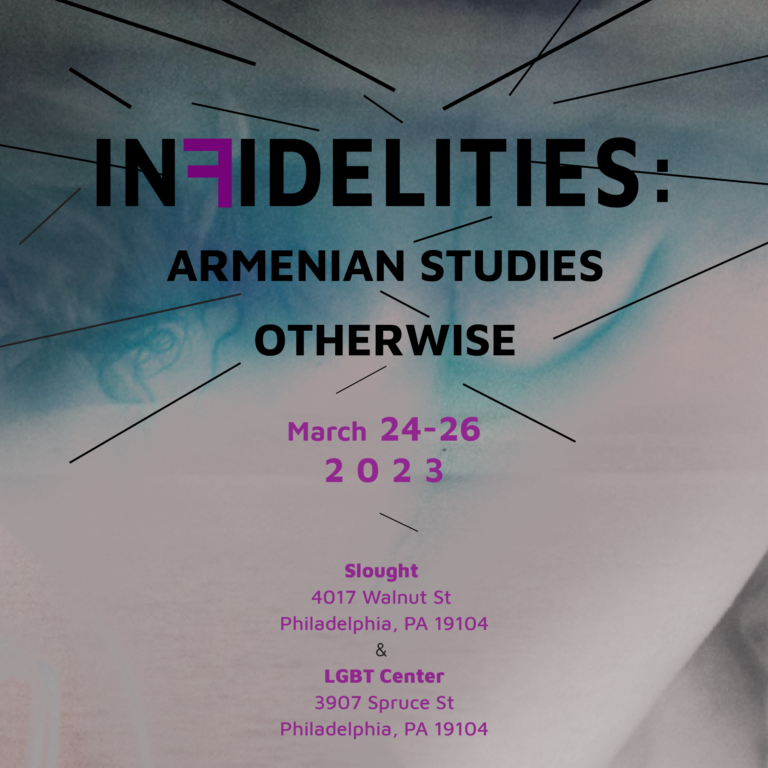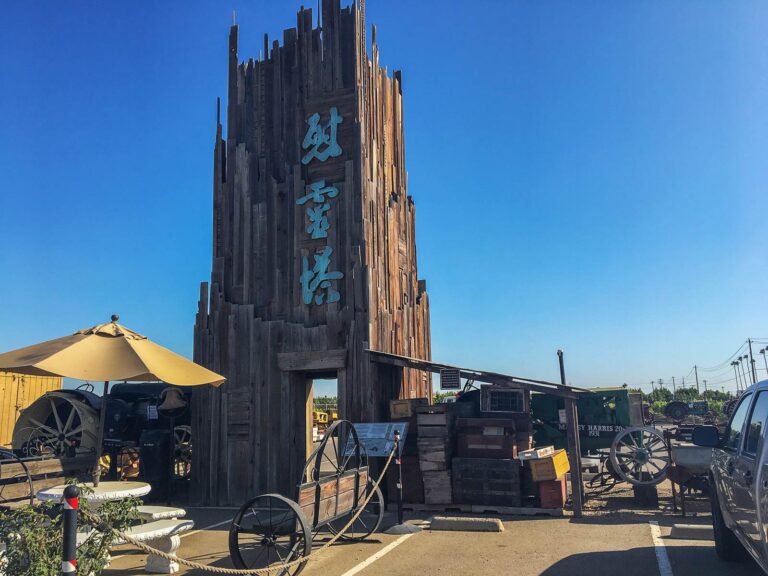Marianna Hovhannisyan
Hovhannisyan is an art historian and research-based curator, with a Ph.D. in Art History, Theory, and Criticism, University of California San Diego (2022). She works at the intersection of postcolonial and decolonial archival and museum studies, and visual culture, with the focus on theories of arts, artifacts, folk/crafts, and metadata. Her writings have been published or are forthcoming in InterActions: UCLA Journal of Education and Information Studies (2019), Disputed Archival Heritage (2022), Stedelijk Studies Journal (2023), Archives and Traces in Migration project (2025). She is a member of AICA-Armenia, as well as a reader and member of the annual conference committee, The College Art Association of America (2025-28).
As the first EU-funded Hrant Dink Foundation Fellow, she conducted original research in the American Board Archives (Turkey). This resulted in her curatorial exhibition Empty Fields, design concept by artist Fareed Armaly (SALT, Istanbul, 2016), a project, which uncovered a century-old museum collection dispersed due to the 1915 Armenian Genocide, as well the forgotten legacy of its curator, Armenian-German scientist, and survivor, Prof. Johannes Manissadjian. Based on this, Empty Fields, located the ideas of fragments as archival and epistemological erasures in the discourses of metadata, digital humanities, and postcolonial museology.
Her current book project, “Double Assimilations, Empty Fields, and Orphan Objects: Armenian Archival Imaginaries,” critically engages with Armenian historiography as a modern example of people who have been subjected to epistemic and colonial violence through forced displacement, archival silences, and cultural appropriations. Specifically, she explores the trans-imperial fragmentations of Eastern and Western Armenians in West Asia as manifested in their historical and contemporary displacements and erasures as Indigenous, national, refugee, and survivor subjects. Through studying the politics of archival metadata and in alliance with Black feminist, Indigenous, and global studies scholars and curators, her work imagines new historiographies of subaltern, diasporic, transnational, and trans-indigenous identities, and epistemologies.
Postdoctoral Fellowships: In 2023-24, Hovhannisyan was the Andrew W. Mellon Postdoctoral Fellow in Visual and Digital Storytelling (Carceral Connecticut Project, Wesleyan University). Notably, she was the 2022-23 Carol G. Lederer Postdoctoral Fellow at the Pembroke Center for Teaching and Research on Women, Brown University, and part of the seminar, “In the Afterlives and Aftermaths of Ruin,” led by Professor Aliyyah Abdur-Rahman. Awards and Fellowships: In 2023, Hovhannisyan was the Recipient of the 2023 Chancellor’s Dissertation Medal for the School of Arts and Humanities, UCSD. She was also the 2019 recipient of the UC Critical Refugee Studies Collective award and often collaborates with the Center for Information as Evidence, Archives and Information Studies, UCLA.
Curatorial Projects include Archive-Practice, a collection of artifacts and interviews mapping the formation of Armenian contemporary art after the 1991 Independence from the Soviet era; the 2012— exhibition (Gyumri International Biennale, Armenia, 2012); collaborative projects and co-curatorial contributions include A Step Aside exhibition (Angle Art Contemporary gallery, Lyon Biennale, France, 2011), A Journey the East exhibition (Arsenale Gallery, Poland, 2011), and Soviet AgitArt. Restoration exhibition (BM SUMA Contemporary Art Center, Turkey, 2008). Other Research and Curatorial Fellowships include the Getty Consortium Seminar, Kadist Art Foundation, and Center for Experimental Museology, V-A-C Foundation; recent talks—RISD, John Nicholas Brown Center for Public Humanities & Cultural Heritage, UCLA School of Education & Information Studies; Dept. of Art and Design, Rutgers University.
Contact: m1hovhan[at]ucsd.edu
Recent Talks and Articles

Image: Rhode Island School of Design Department of Interior Architecture, 2024.



